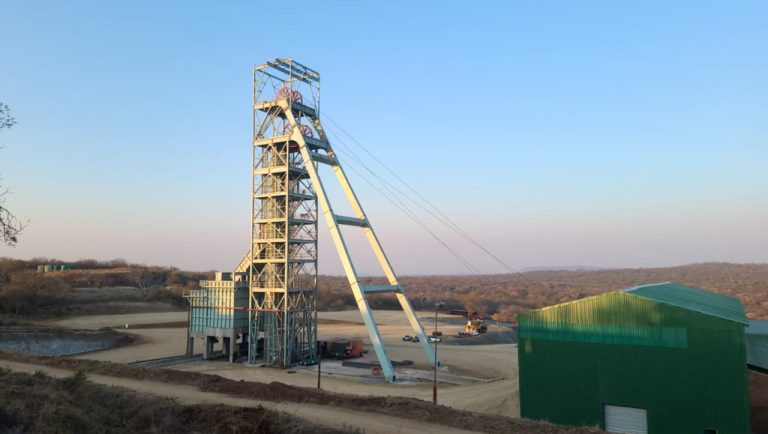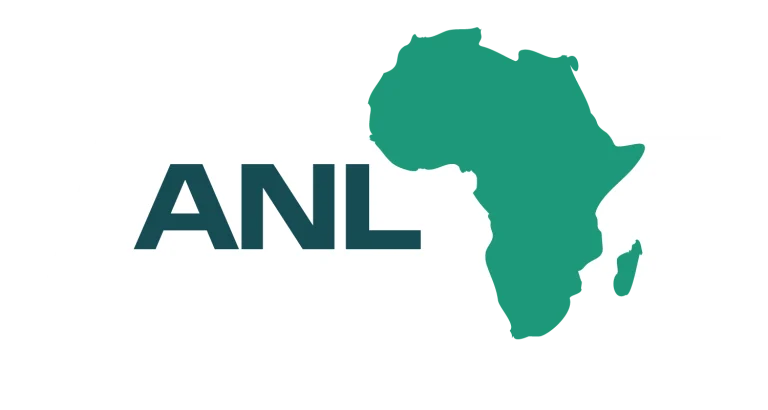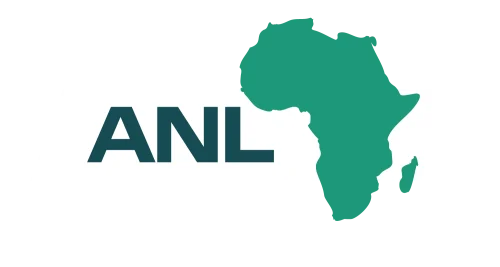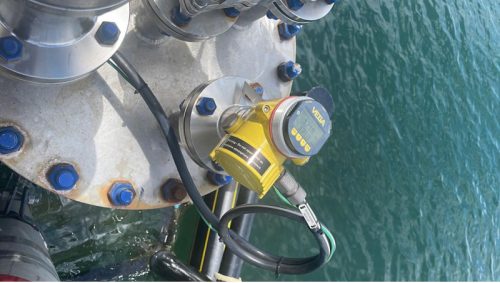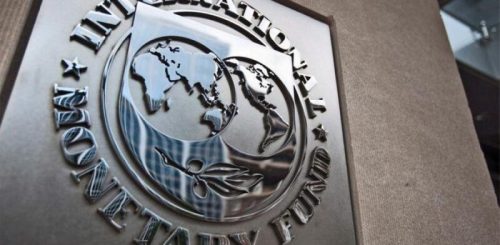Chinese mining giant CMOC Group Ltd reported cobalt sales of 6.2 billion yuan ($850 million) between January and September 2025, down just 7.8% year-on-year, despite a months-long suspension of exports from the Democratic Republic of Congo (DRC).
The ban, in place from February 21 to October 15, affected all of CMOC’s cobalt operations, including its flagship Tenke Fungurume and Kisanfu mines.
The embargo cut cobalt sales volumes by 36% to 51,027 tons, but higher global prices offset much of the impact. The average cobalt price rose to $16,730 per tonne, up 44% from a year earlier, helping stabilize revenue.
CMOC continued to fulfill supply contracts for four months before declaring force majeure on June 30. While the company did not specify the source of shipments during the export halt, analysts believe CMOC relied on pre-existing stockpiles held outside the DRC, particularly in logistics hubs such as Durban (South Africa) and Walvis Bay (Namibia).
Production and Profitability
Production data supports this assessment. CMOC produced 87,974 tons of cobalt in the first nine months of 2025, averaging under 10,000 tons per month — insufficient to account for sales levels during the export freeze.
Despite the disruption, profitability improved. The company’s gross margin on cobalt rose 27 points to 63.5%, while operating costs fell nearly 47% to just over 2 billion yuan. CMOC attributed the gains to greater energy efficiency, process optimization, and effective foreign exchange management.
New Export Quota System
Following the end of the embargo on October 16, the Congolese government implemented an export quota system, capping national cobalt shipments at 18,125 tons for the final quarter of 2025 and 96,600 tons for 2026. CMOC received allocations of 6,500 tons for 2025 and 31,200 tons for 2026.
The new system is expected to keep global cobalt prices elevated, with the metal trading above $45,000 per tonne on the London Metal Exchange — more than double its level when the ban began.
However, it also limits CMOC’s flexibility in managing offshore inventories.
Executives have described the situation as challenging to sustain, signaling growing pressure on supply flexibility despite the group’s strong margins.



